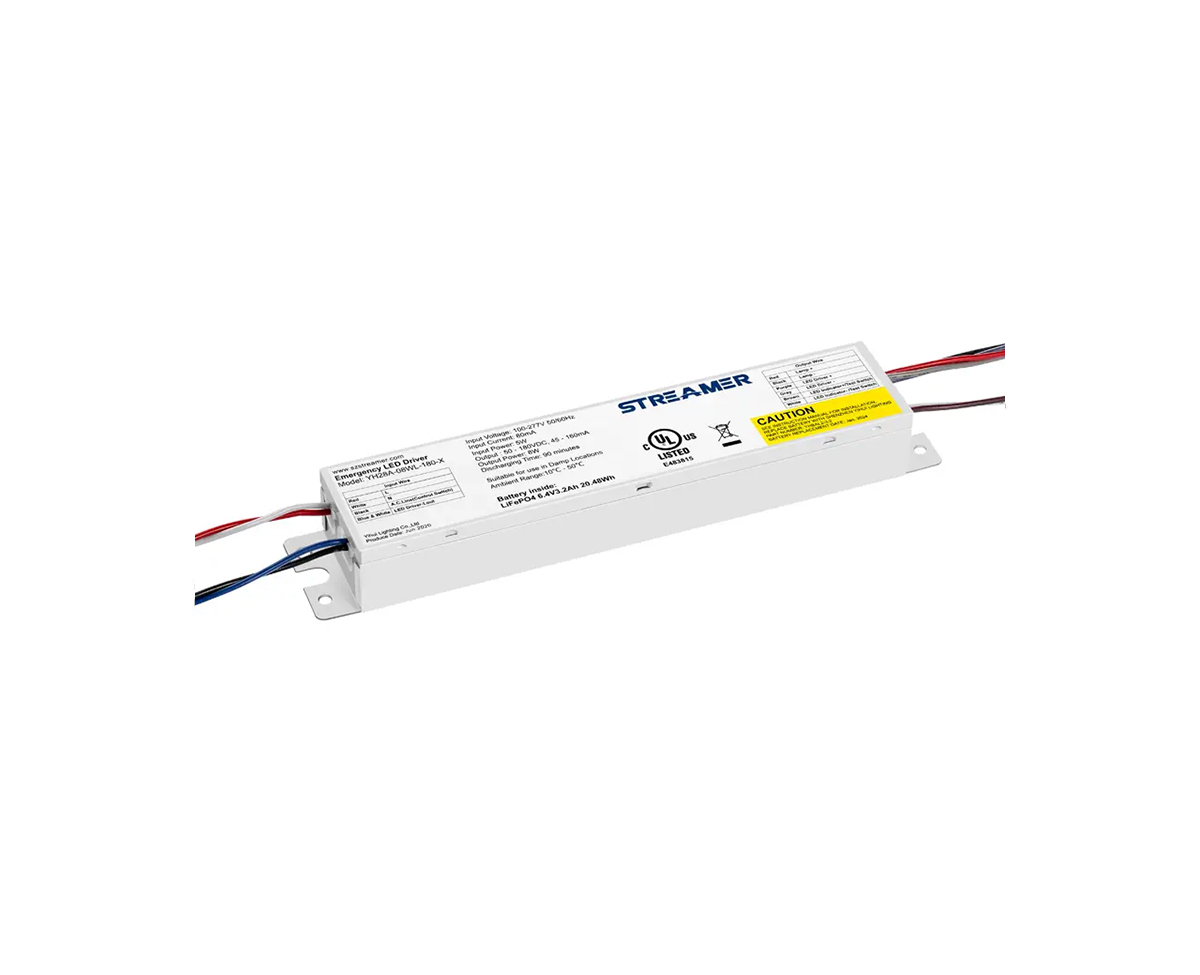 1
1
 May 05, 2025
May 05, 2025

LED emergency converters are designed to meet specific emergency lighting requirements, which are crucial for ensuring safety and visibility during power outages in various settings, including commercial buildings, residential complexes, industrial facilities, and public spaces.
One of the primary requirements is the minimum illumination level. In different environments, there are specific standards for the amount of light that emergency lighting must provide. For example, in corridors and stairwells of commercial buildings, emergency lighting should typically provide an illumination of at least 1 lux at floor level. This level of light is necessary to allow people to safely navigate the area and find exits during a power failure. In industrial settings, where there may be complex machinery and potential hazards, higher illumination levels may be required to ensure that workers can perform emergency shutdown procedures or evacuate safely.
The duration of emergency lighting is another critical requirement. LED emergency converters are expected to provide continuous lighting for a specified period. In many cases, the minimum duration is 90 minutes, although this can vary depending on the application and local regulations. This 90 - minute period is considered sufficient to allow for the safe evacuation of occupants and the initiation of emergency response measures. To meet this requirement, the battery capacity of the LED emergency converter must be carefully selected and maintained. The converter's power management system also plays a role in optimizing energy consumption to ensure that the emergency lighting lasts for the required duration.
Uniformity of illumination is also important. Emergency lighting should be evenly distributed throughout the area to avoid creating dark spots or areas of low visibility. This requires proper placement of LED lights and the use of converters that can provide a consistent output. In large open spaces, such as warehouses or auditoriums, multiple LED emergency converters may be needed to ensure comprehensive coverage and uniform lighting.
In addition, the response time of the LED emergency converter is a key factor. The converter should be able to detect a power outage and switch to emergency mode within a very short time, typically within a few seconds. A rapid response time ensures that there is minimal disruption in lighting, reducing the risk of panic and accidents during a power failure. Some advanced LED emergency converters are equipped with intelligent detection systems that can quickly and accurately identify power outages and activate the emergency lighting promptly. Meeting these emergency lighting requirements is essential for the effective operation of LED emergency converters and the overall safety of people in various environments during power outages.